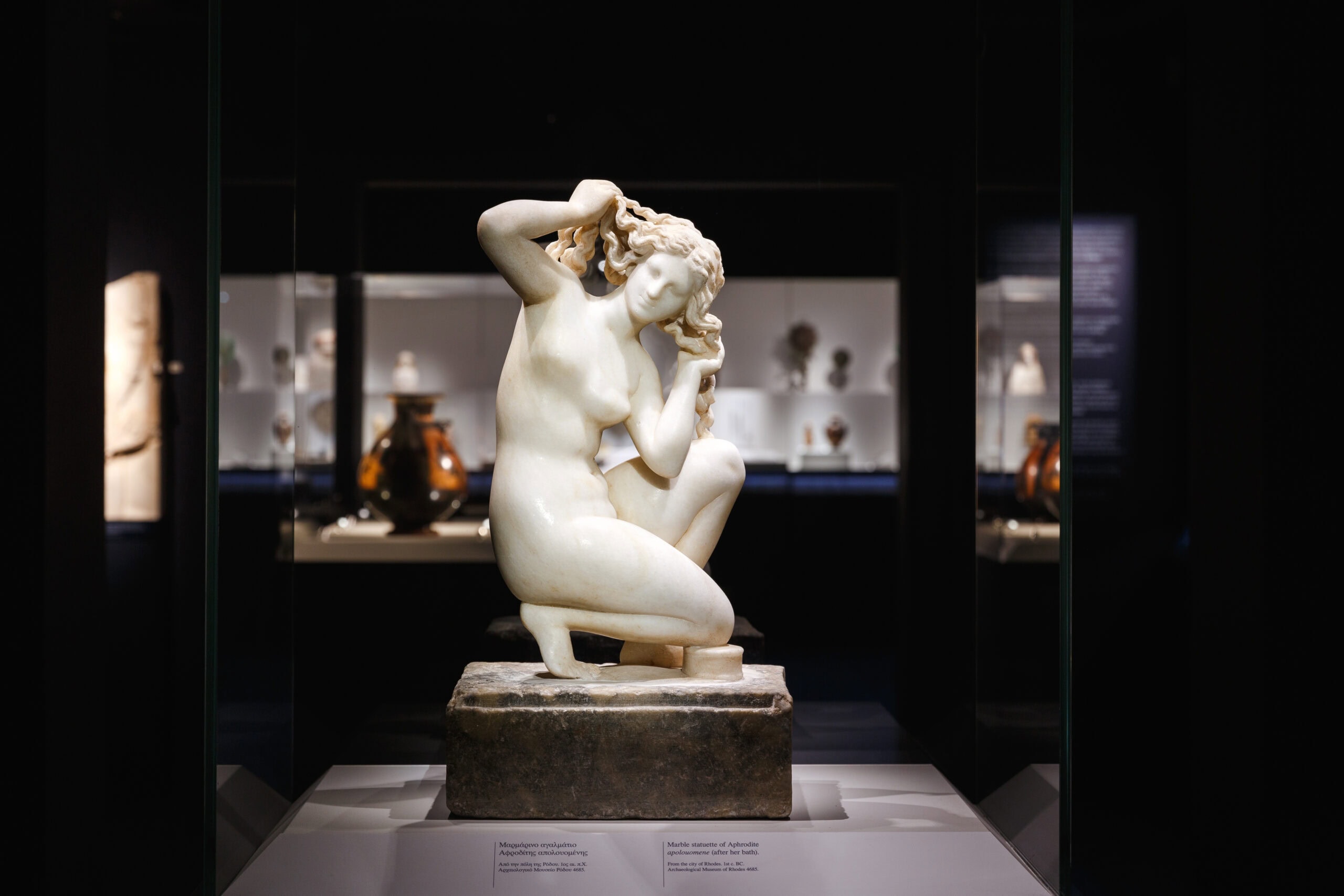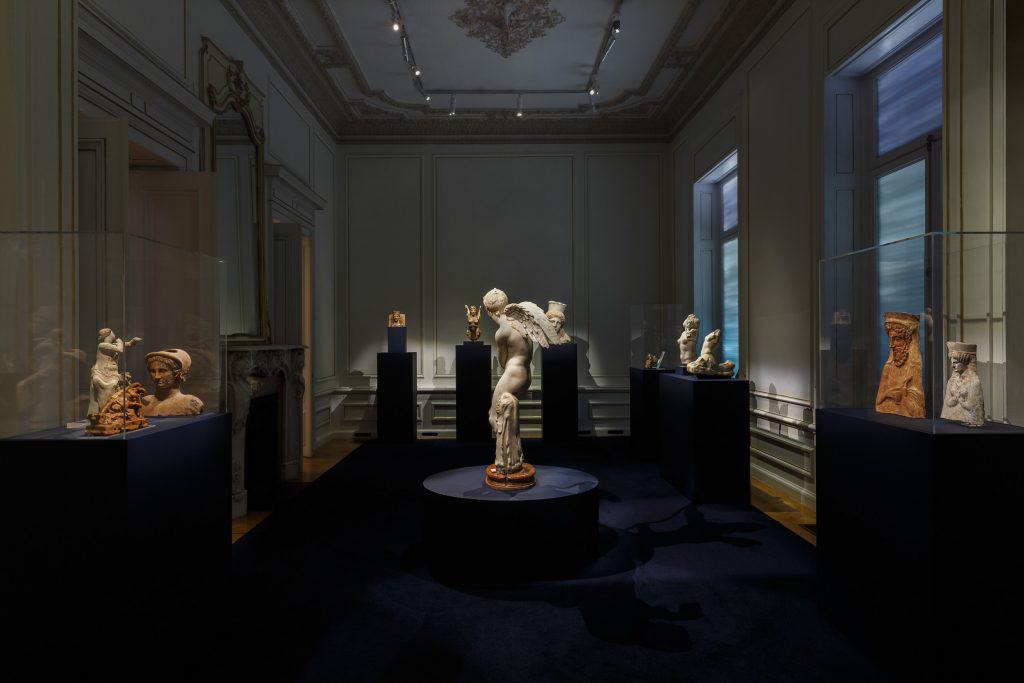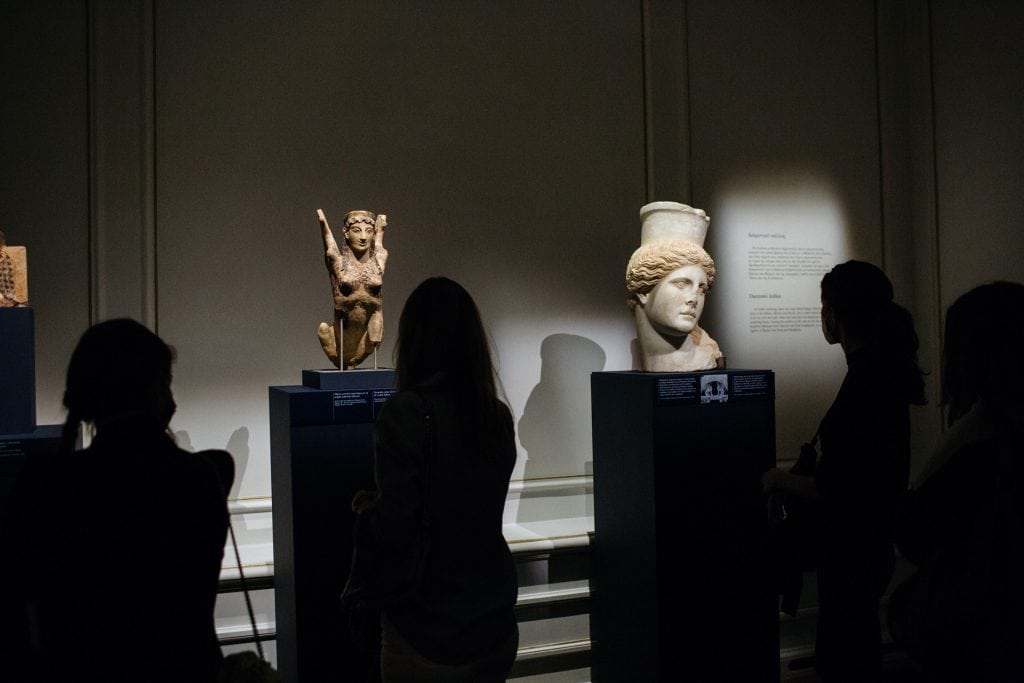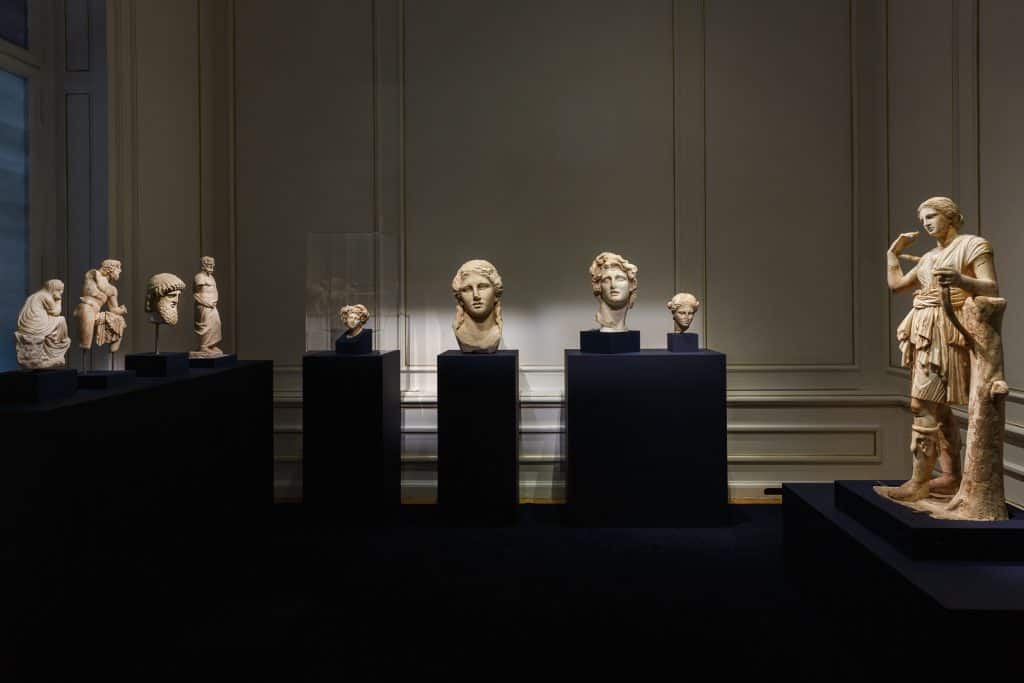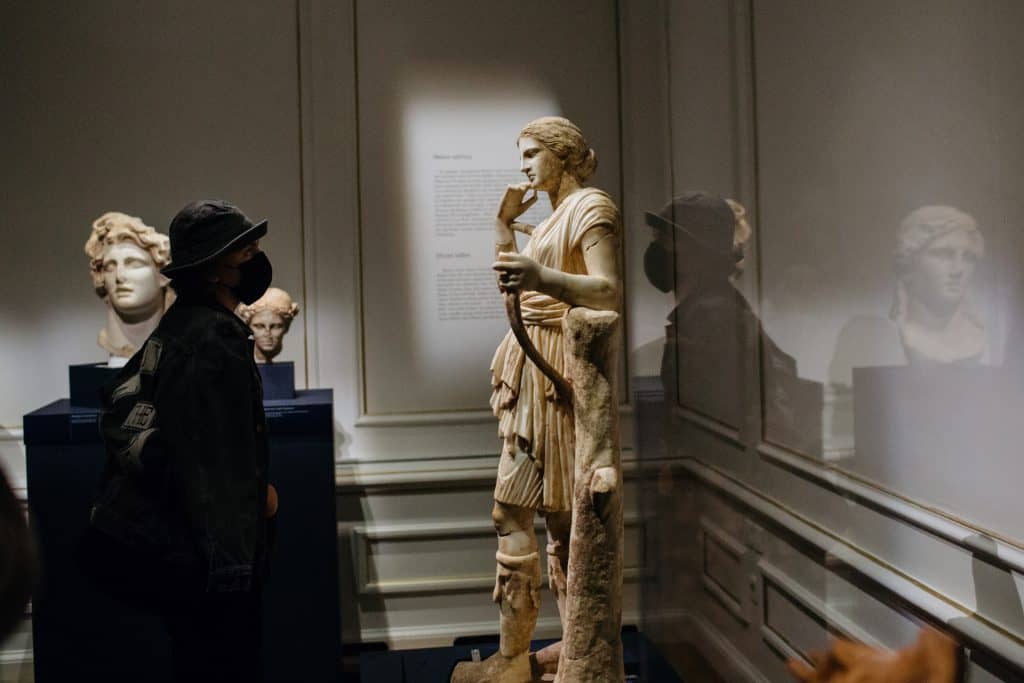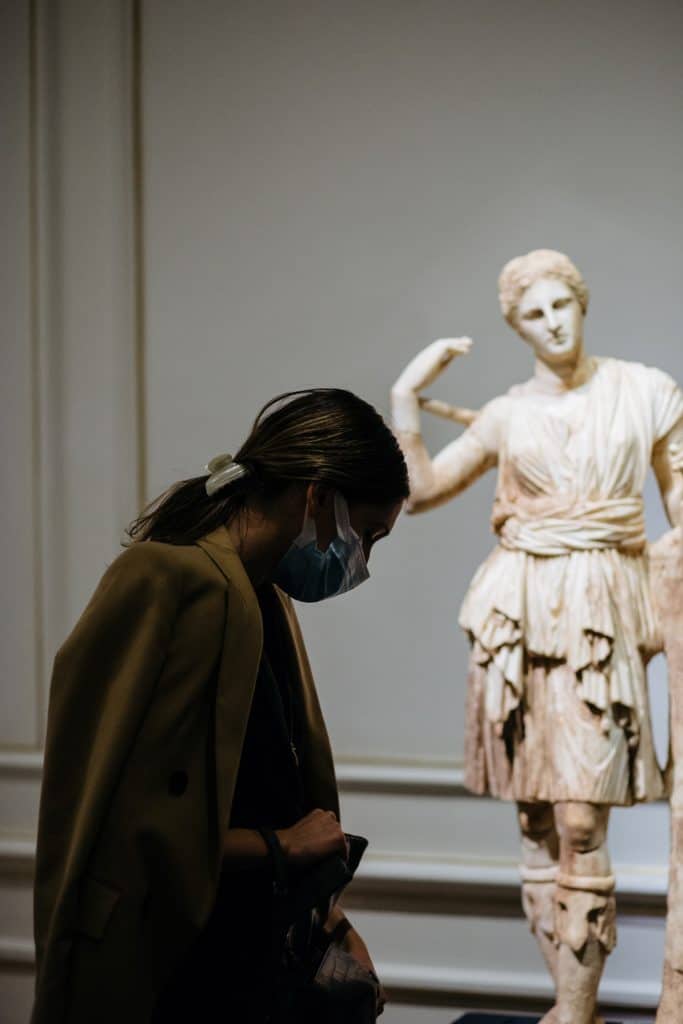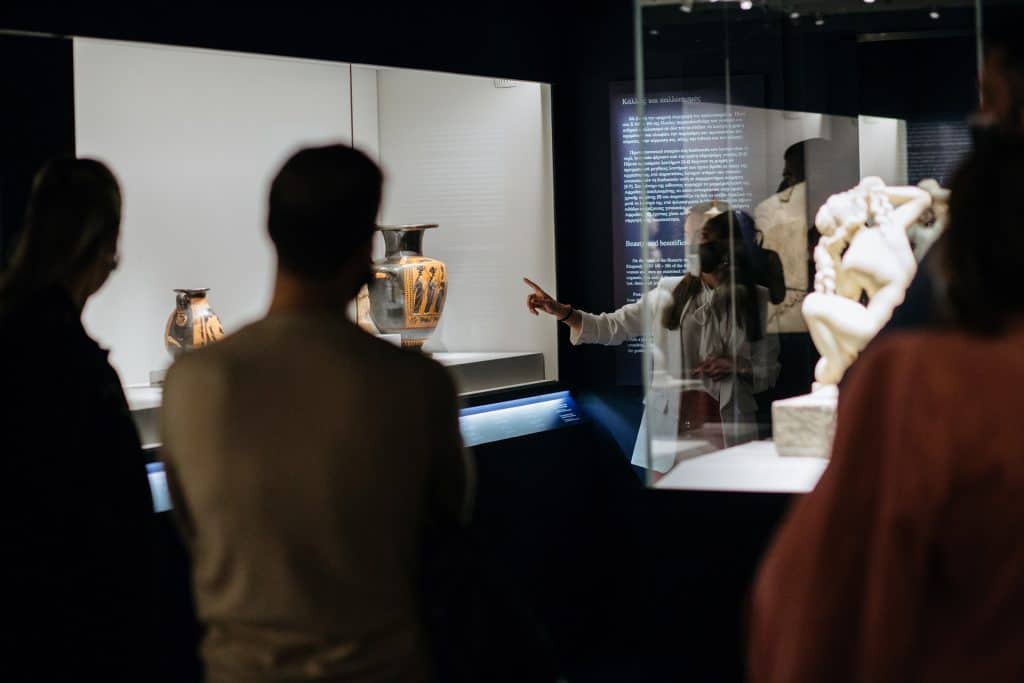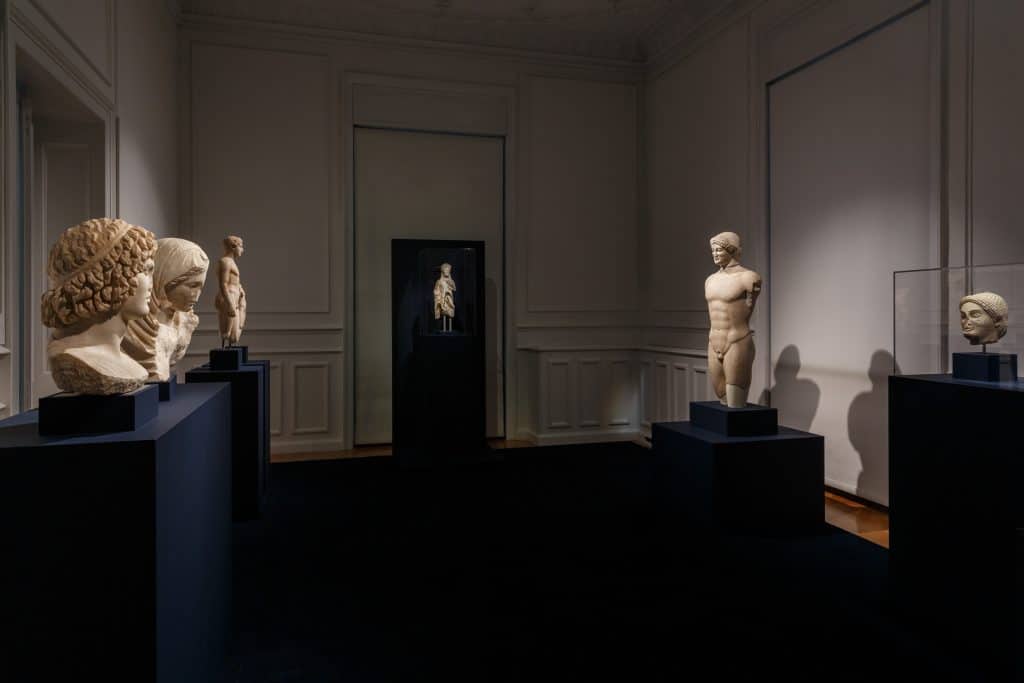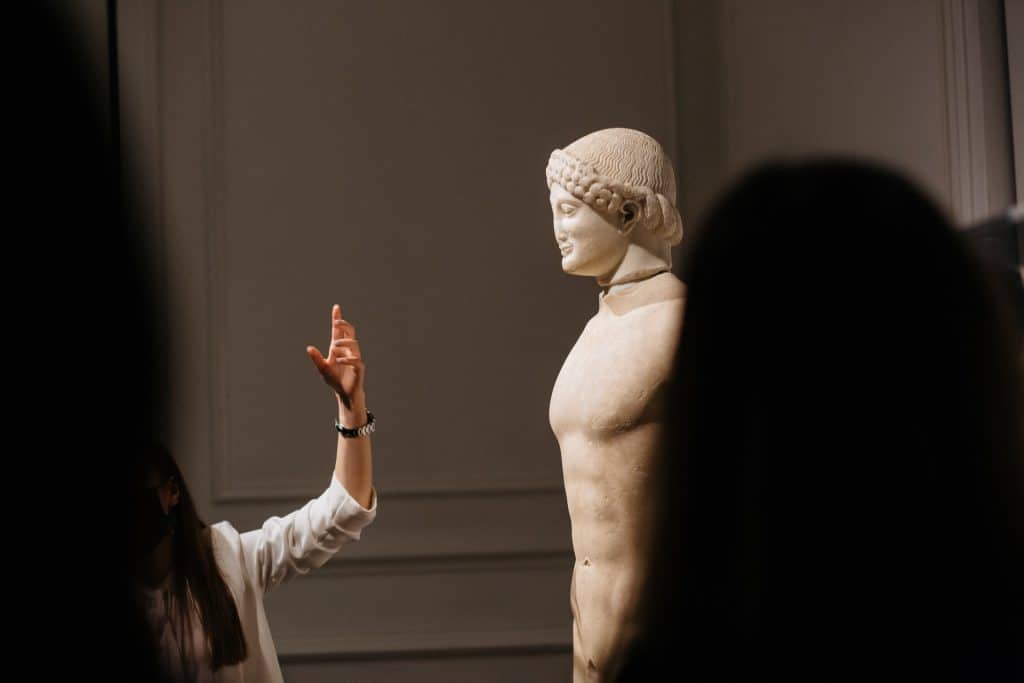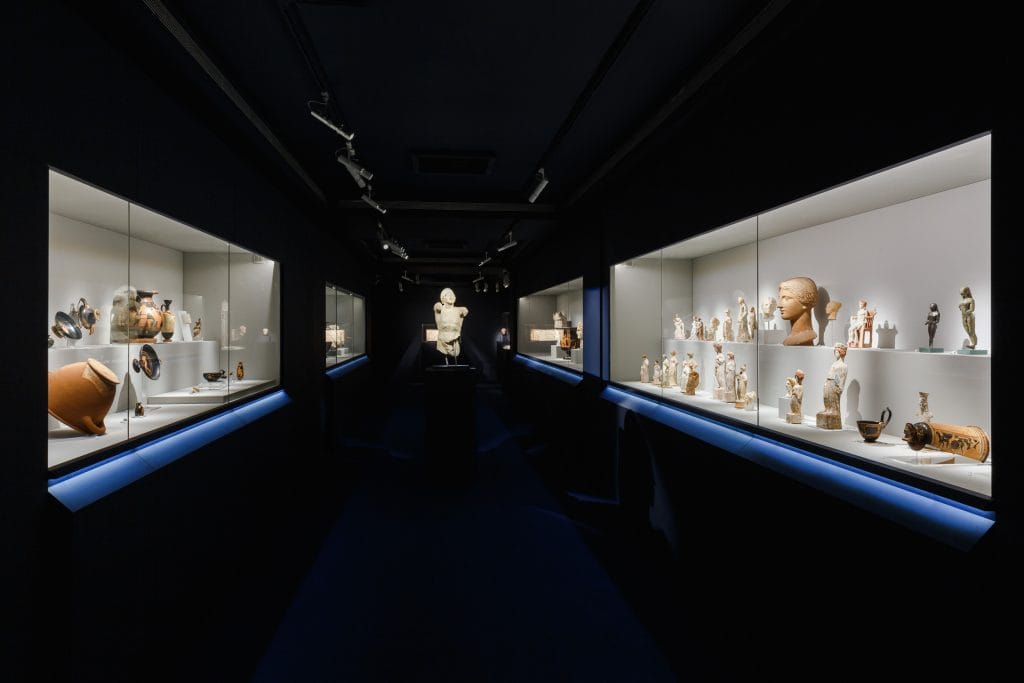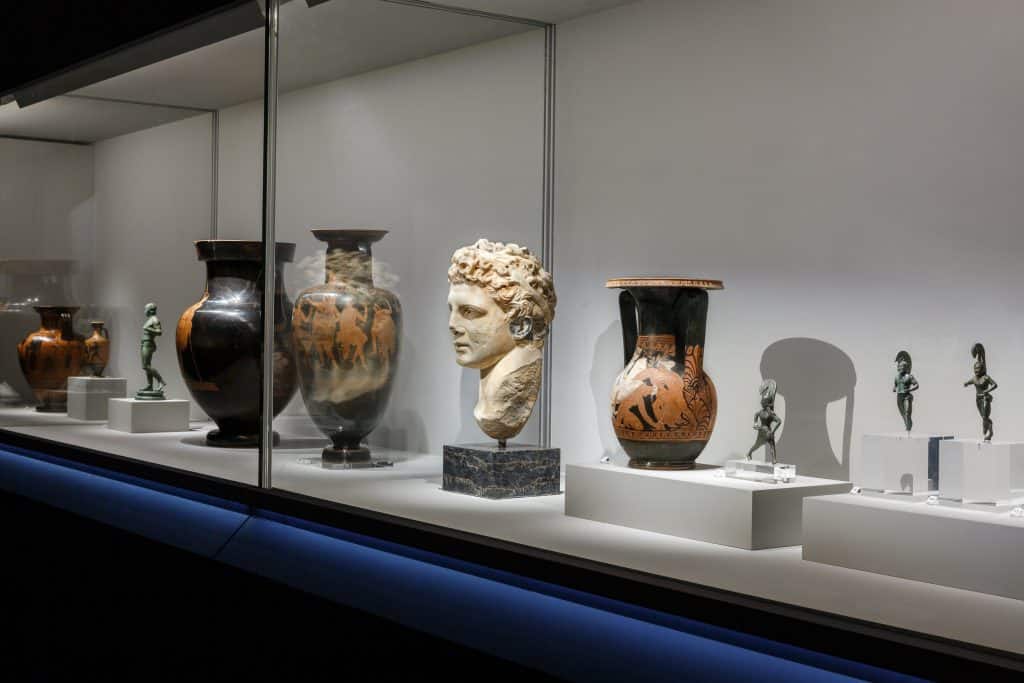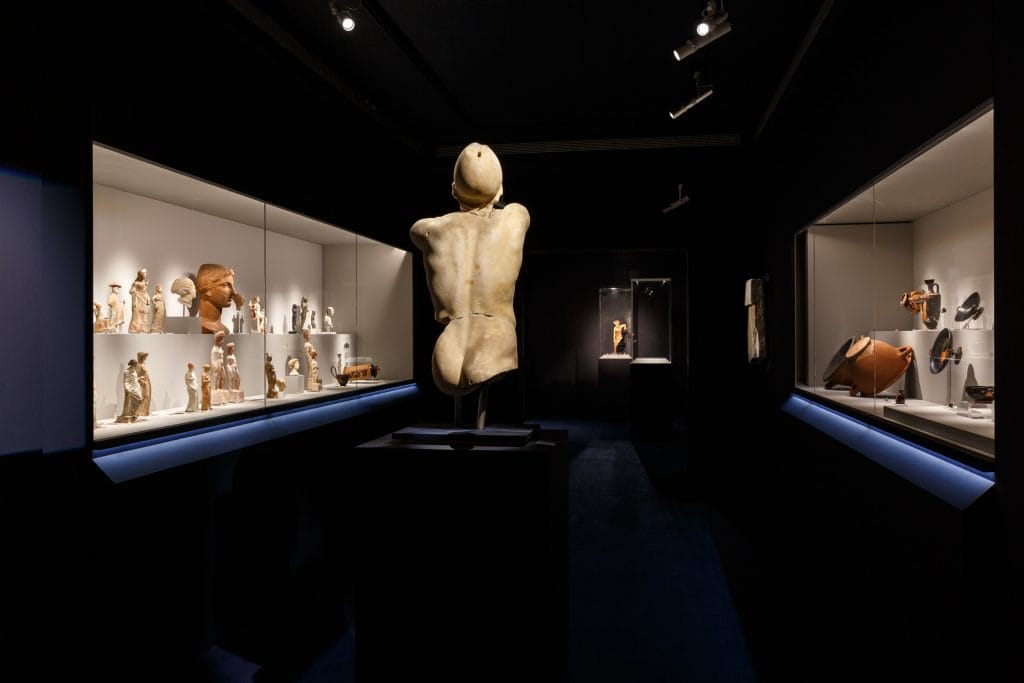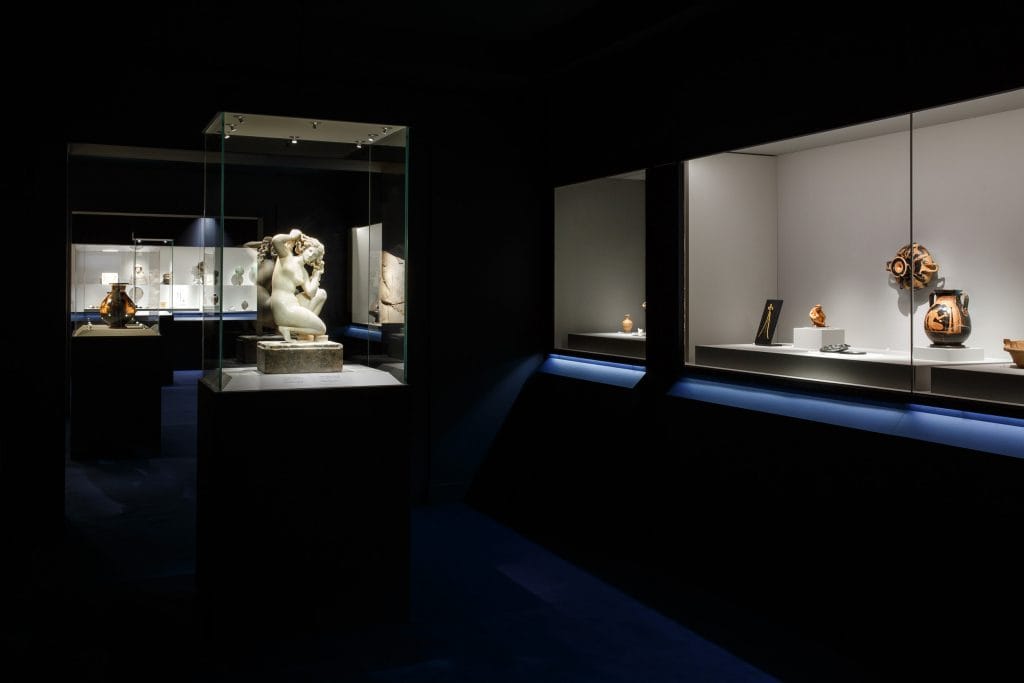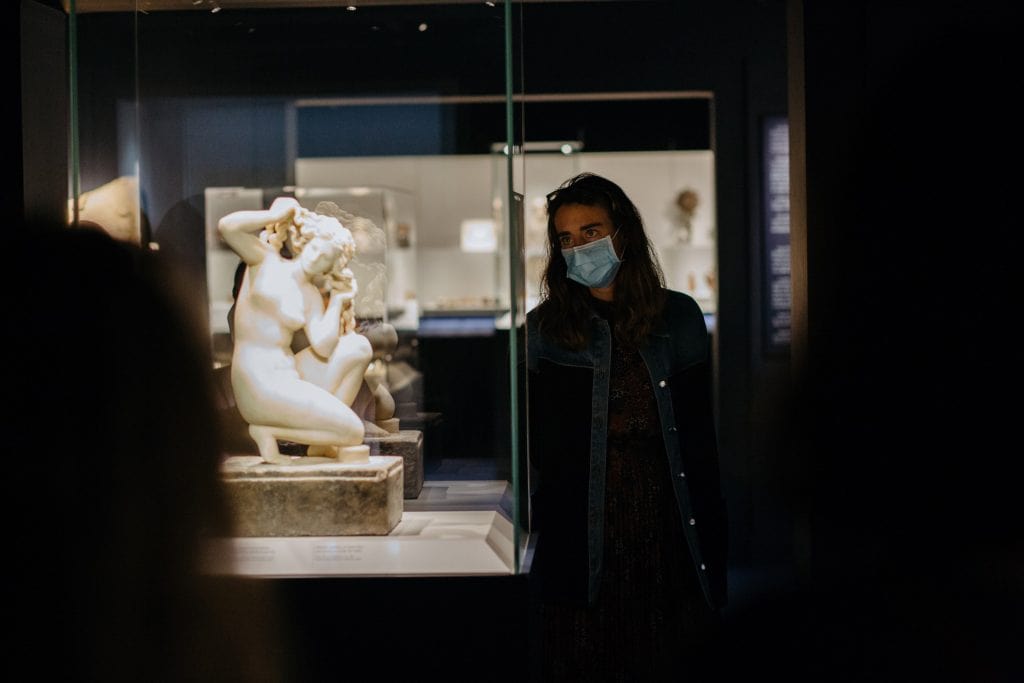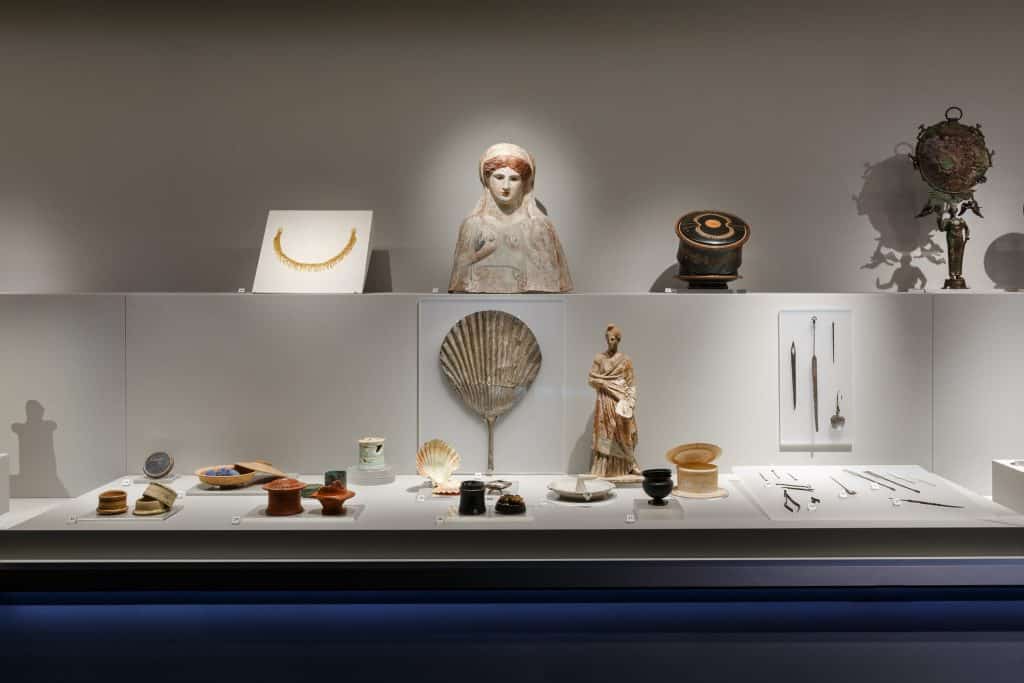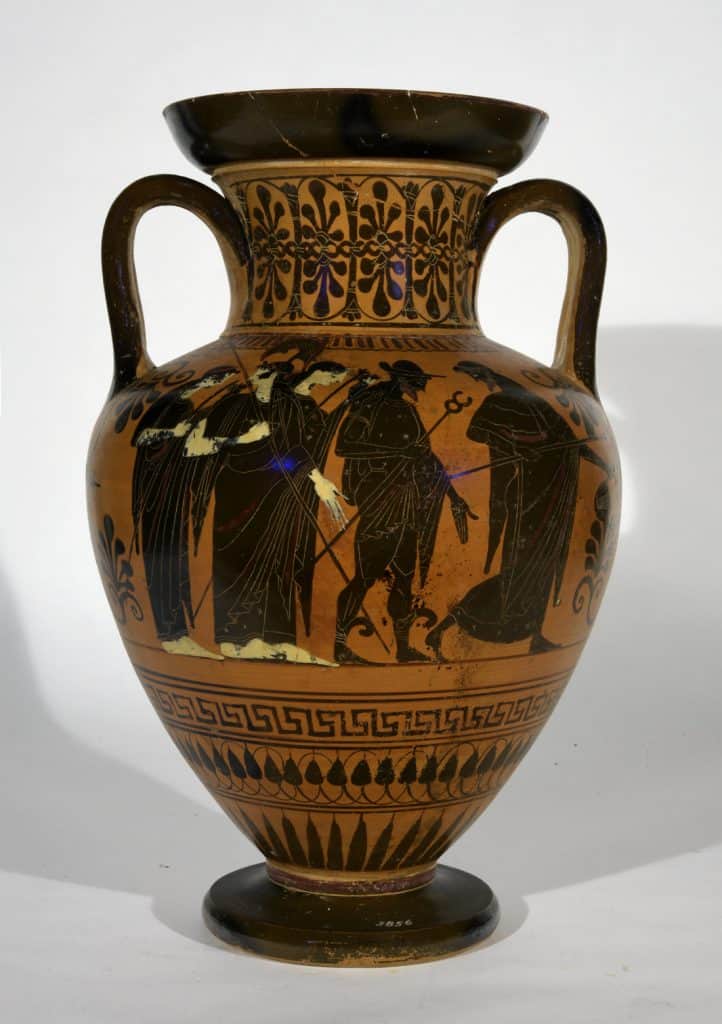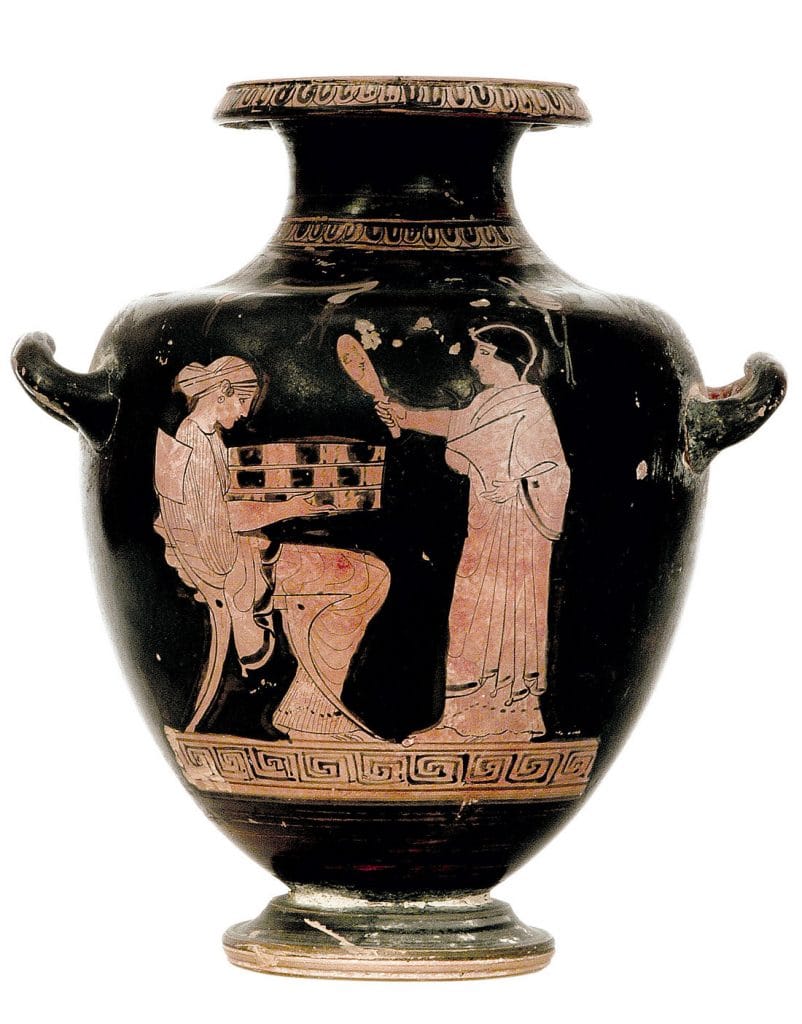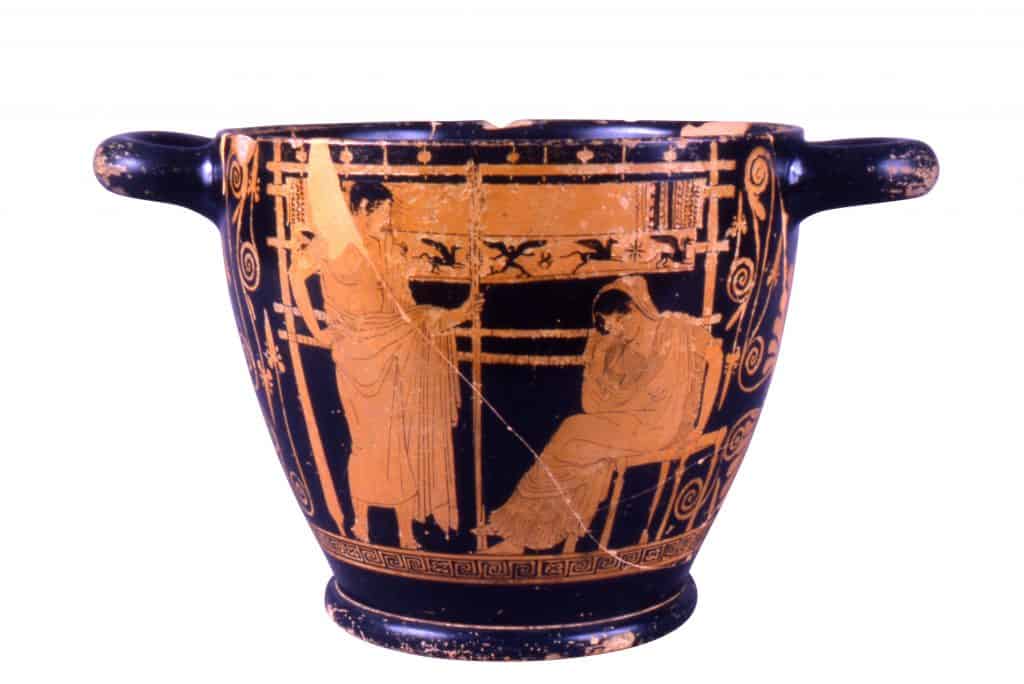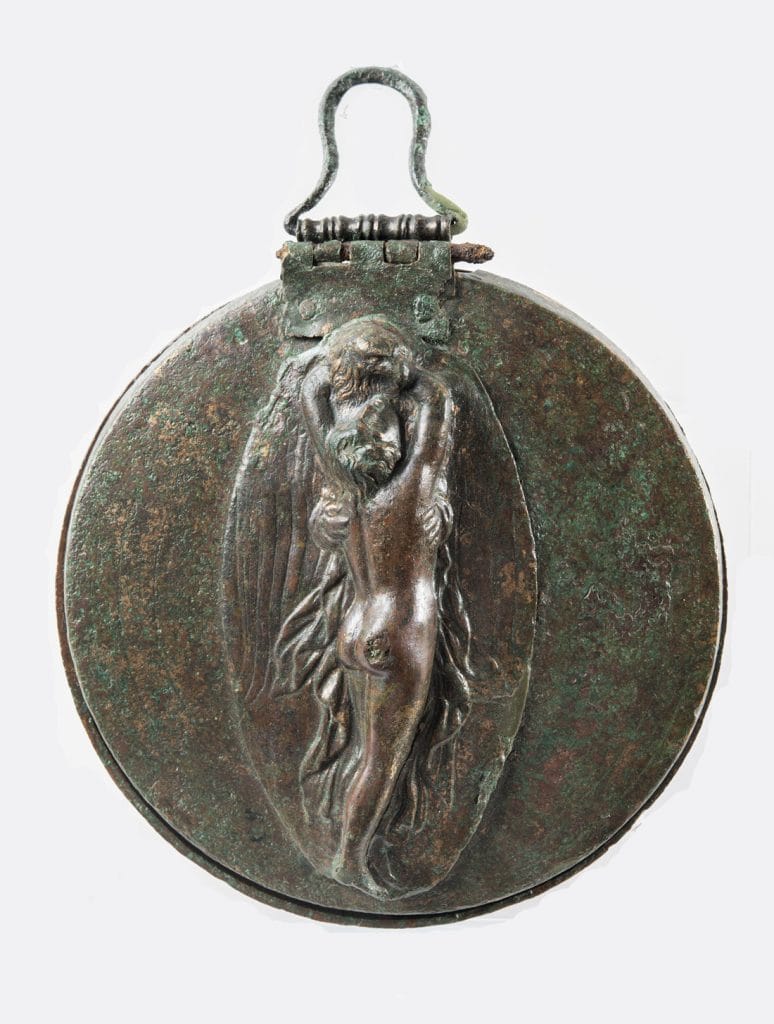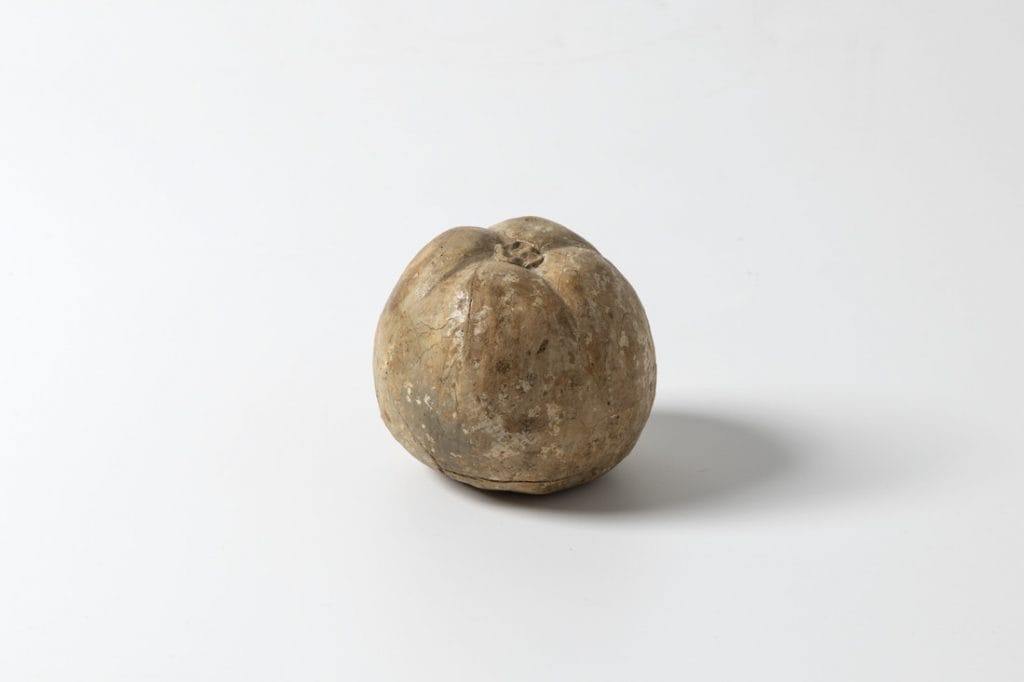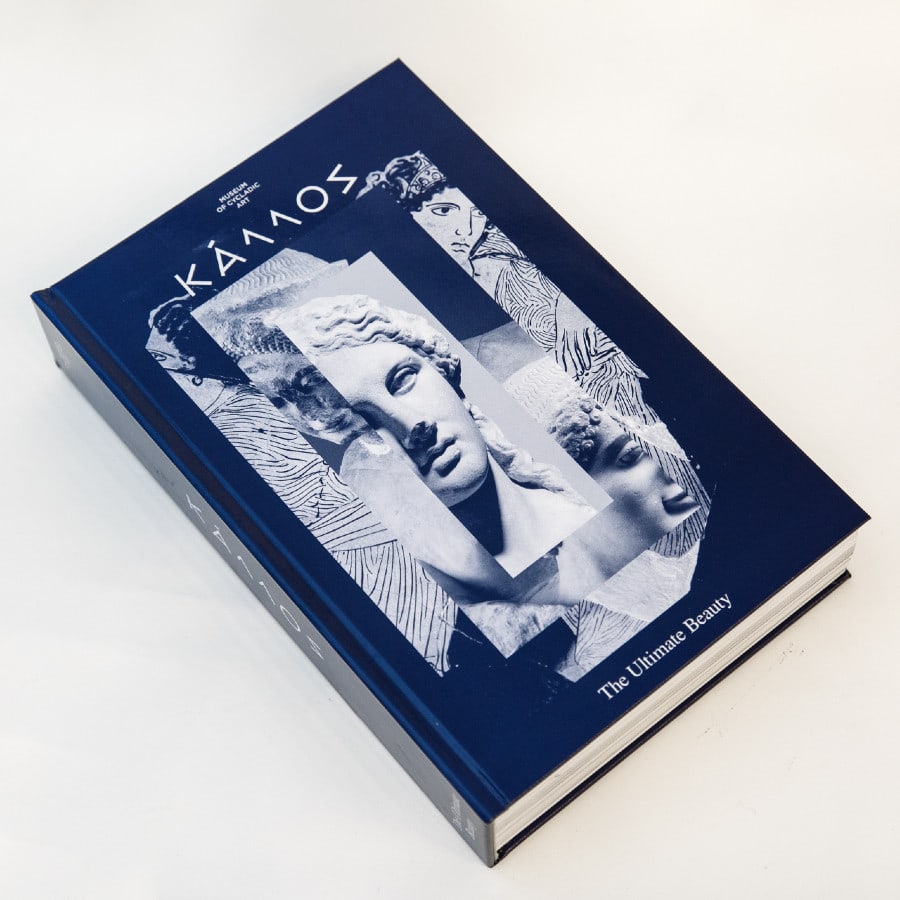KALLOS.
The Ultimate Beauty
ARCHAEOLOGICAL EXHIBITION
SEPTEMBER 29, 2021 UNTIL JANUARY 16, 2022
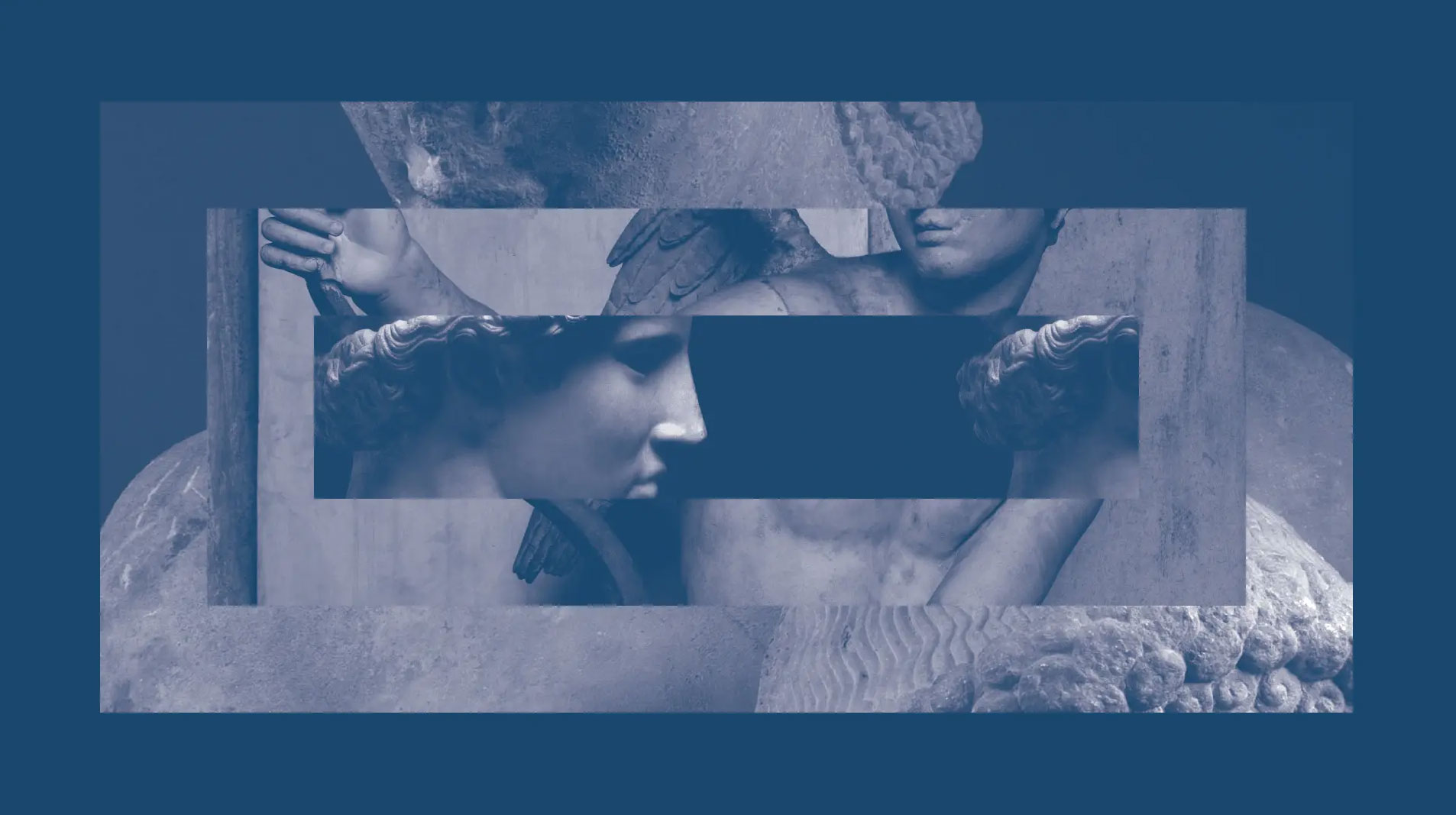
THE EXHIBITION
It presented the multiple aspects of the concept of kallos in everyday life and in the philosophical discourse of Ancient Greece, and took place with the generous support of L’Oréal.
This exhibition displayed three hundred emblematic antiquities from fifty-two museums, collections, and Ephorates of Antiquities throughout Greece, as well as from Italy and the Vatican. Many of these artifacts were appearing outside of their original museums for the first time. By meeting and mingling in the Museum of Cycladic Art, they presented us with a complete picture of what the ideal of kallos, inadequately translated into English as Beauty, meant to people in antiquity.
The selected exhibits dated mainly from the seventh to the first century BC – that is, from the Archaic to the Hellenistic period – and were complemented by a handful of works from Roman times, in those cases where the original creations of earlier periods have survived only in copies.
Kallos is an ideal that developed in ancient Greek thinking and was expressed through the verses of the epic (8th century BC) and lyric (7th – 6th century BC) poets, which initially referred to outward beauty. From the sixth century BC onwards, the concept gradually took shape through the work of philosophers, who referred to kallos as a combination of physical appearance and virtue. This is the dimension of kallos that the exhibition at the Museum of Cycladic Art concentrated on, exploring how ancient Greece contributed to defining the notion of beauty that exists in the modern day.
In this exhibition, kallos was conveyed through a vast wealth and variety of antiquities, such as statues, vases, sherds (broken ceramics), mirrors, jewelry, perfume vases, toiletries and beautification products (cosmetic unguents, pigments, etc.), objects of clay, stone, metal, and terracottas of various periods, mainly Archaic, Classical and Hellenistic figurines, and also tools for styling the hair, such as iron scissors, little combs, and so on.
The geographical provenance of the objects were selected using specific criteria: the exhibits came from all over mainland and island Greece, so as to emphasize the scale of participation by most of the cities of Greek Antiquity and demonstrate how widespread the concept of kallos was throughout all sectors of society. The exhibition also hosted a comparable number of antiquities from Magna Graecia, enabling visitors to visualize how the notion of kallos was also dispersed in the Greek colonies to the West.
As mentioned, the exhibition also included artifacts from the Vatican Museum, as well as the Archaeological Museums of Florence, Naples, Rome, Bologna, Venice, Syracuse, Catania and the National Archaeological Park of Ostia. Three hundred pieces were chosen from the initial selection of six hundred artifacts, as the museological study opted to present the artifacts that demonstrated each section best, in the hope that these pieces would make each unit more intelligible to the public.
THE INSTALLATION
Curated By
Exhibition Design
Spatial Design: ΑΚΑ Apostolou Colakis architects
VisuaL Identity
Lighting Design
Translations
EXHIBITION CATALOGUE
The exhibition is accompanied by a Catalog in Greek and in English (768 pages each) edited by Professor Nikolaos Chr. Stampolidis and Dr Ioannis D. Fappas, which include analyses by the two curators-editors and presents all the works with analytical explanatory texts and copious illustrations.
Invited to contribute were expert scholars on the subject, such as D. Konstan, G. Nagy, V. Kalfas, E. Manakidou, E. Kephalidou, A. Kottaridi, P. Tselekas, A. Stähli, I. Papageorgiou, D. Aktseli, P. Walter, whose texts are a landmark for understanding the concept of Kallos. Last, a small Guidebook to the Exhibition is included, with texts by Professor N. Chr. Stampolidis.
BE
FRIENDS
